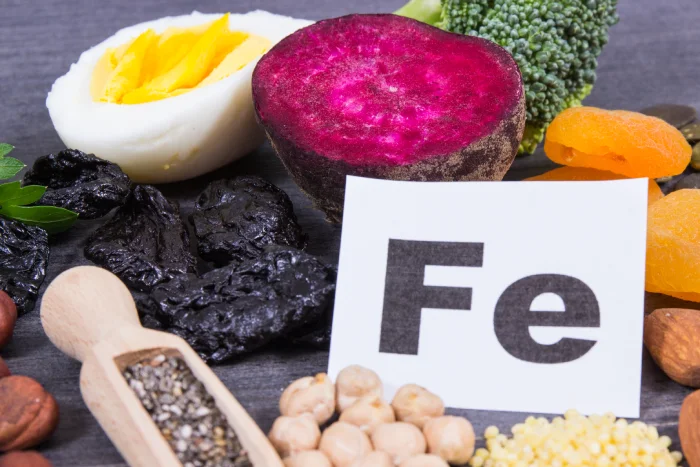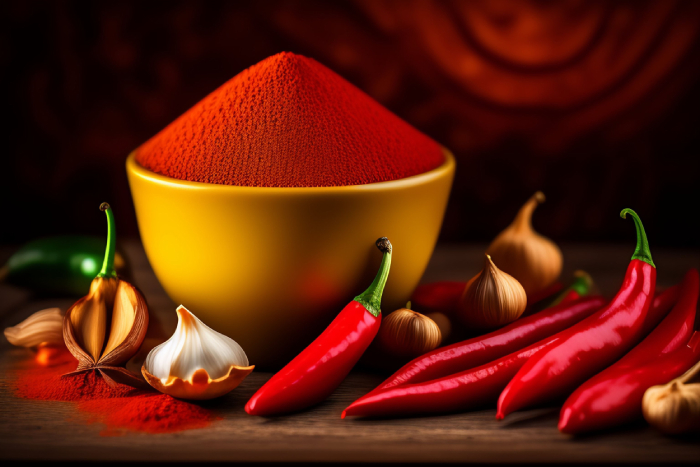Evaluating Iron Absorption and Health Benefits in a Rodent Model
Gryllus assimilis, a species of cricket, boasts an impressive nutritional profile, particularly in terms of iron content. However, questions remain regarding the bioavailability of this iron and its impact on gut health and oxidative balance. To improve consumer acceptance, insect-derived ingredients are often processed into powder and blended with conventional flours. This study explores the effects of Gryllus assimilis powder, both alone and in combination with soy flour, on iron bioavailability, intestinal health, and oxidative balance in rodents.
Using the hemoglobin depletion/repletion method, researchers examined 32 male Wistar rats divided into four groups: (A) standard diet with ferrous sulfate, (B) diet with Gryllus assimilis and soy flour, (C) diet with Gryllus assimilis alone, and (D) diet with soy flour alone. Various parameters were assessed, including hemoglobin regeneration efficiency, biological value of iron, serum markers, intestinal health, and oxidative stress indicators.
The results showed no significant differences in food intake, weight gain, or iron bioavailability between groups. However, the combination of Gryllus assimilis with soy flour (Group B) resulted in superior weekly and final hemoglobin levels compared to Gryllus alone (Group C). Additionally, this combination led to enhanced intestinal health, evidenced by improved acetic acid levels and fecal moisture content. Oxidative balance also benefited, with increased superoxide dismutase activity and reduced peroxidation markers in the Gryllus-soy group relative to the Gryllus-only group. These findings suggest that blending Gryllus assimilis with soy flour may enhance iron absorption and support overall health.
Commentary by SuppBase Columnist Alice Winters

This study presents an intriguing perspective on edible insects as a source of dietary iron. While the findings suggest that Gryllus assimilis offers potential as an iron source, several critical points must be addressed before drawing conclusions about its practical application.
Firstly, the study’s reliance on rodent models limits its immediate relevance to human nutrition. While Wistar rats are commonly used in nutritional studies, their iron metabolism differs from that of humans, necessitating further research in human populations.
Additionally, the study does not clarify the form of iron present in Gryllus assimilis. Heme iron, typically found in animal sources, is more bioavailable than non-heme iron. If cricket-derived iron falls into the latter category, absorption rates could vary significantly based on dietary context and the presence of enhancers or inhibitors such as phytates and polyphenols.
The observed benefits of combining Gryllus assimilis with soy flour also warrant closer scrutiny. Soy contains phytic acid, a known inhibitor of iron absorption. It is counterintuitive that the Gryllus-soy combination outperformed Gryllus alone unless another compensatory mechanism, such as protein-facilitated absorption, was at play. This highlights the need for additional studies exploring the biochemical interactions at work.
From a consumer perspective, the palatability and cultural acceptance of insect-based foods remain significant hurdles. While powder formulations can mitigate the “ick factor,” broader market adoption will likely depend on strategic product development and consumer education. Moreover, regulatory considerations surrounding the use of insects in food products vary by region and must be addressed before commercial viability can be fully realized.
In summary, this study provides valuable preliminary insights into the potential of Gryllus assimilis as an iron source but leaves critical questions unanswered. Future research should focus on human trials, detailed iron absorption mechanisms, and the long-term sustainability of insect-based nutrition. Until then, Gryllus assimilis remains an interesting yet unproven addition to the functional food landscape.



